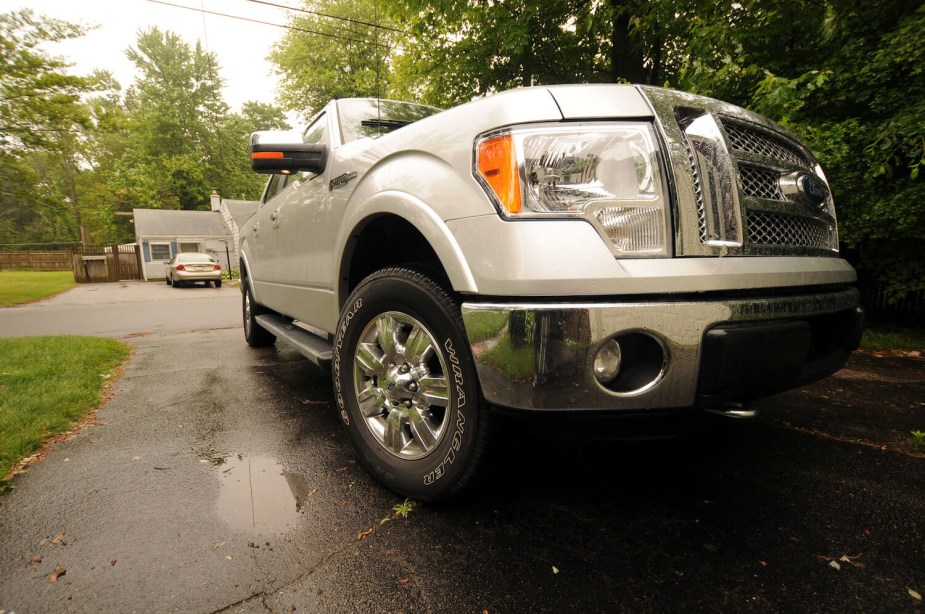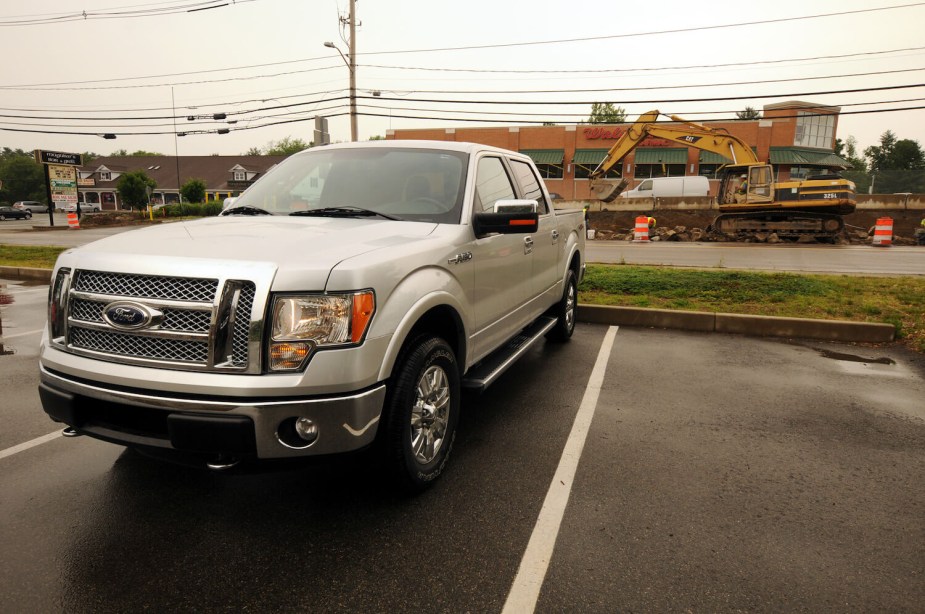
3 Common Ford F-150 Powertrain Problems—Diagnosed by a Mechanic
The Ford F-150 may be “America’s Favorite Truck,” but no vehicle is without its downsides. The experts at A1 Autoparts compiled a handy guide to the more significant problems common with the 12th-generation Ford F-150 (2009-2014). One of A1’s staff mechanics went over the symptoms of three common powertrain problems so you can diagnose them yourself.
Transmission unexpectedly downshifting

The twelfth-generation F-150 suffered such an unsafe unexpected downshift issue that Ford issued a transmission recall to repair it. While the problem is drastic and can cause safety concerns, the solution is relatively simple. Ford simply designed a software patch to upload to the unit controlling the six-speed automatic transmission, so fixing your truck won’t take long.
1A Autos’ staff mechanic, Lenny, revealed that if you have a 12th-generation F-150 suffering this downshift issue, the symptoms will be hard to miss. This is because these transmissions have been known to downshift all the way to first or second gear, regardless of how fast the truck is moving. The problem may be as simple as the transmission’s output sensor miscommunication the truck’s speed to the PCM, so the vehicle acts as if it is standing still.
If you own a 2009 through 2014 Ford F-150, it’s a good idea to double-check that your specific truck has no open recalls. You can either look your VIN up online or call up your local dealership to get more information.
Intake carbon buildup

Excessive carbon buildup in your throttle body air intake is one of several problems that can cause your truck to stumble when accelerating. Left unchecked, this problem can reduce both your power output and your fuel mileage.
Every engine has gas build up in the valve cover, and recirculates this carbon-rich gas into the engine to reburn it. But over time, some engines can suffer excessive carbon building up on the back side of the throttle body’s air intake.
Some owners spray a throttle body cleaner into the air intake to clear up some of this carbon built up. And that might solve the problem, but it could also create much worse problems. Spraying cleaner into a naturally-aspirated engine can damage its valves. Spraying cleaner into an EcoBoost’s intake could even wipe out the turbocharger’s bearings.
The safest way to deal with this issue is to remove the throttle body from your engine and clean it. In addition, Ford engineered a replacement PCV valve and truck ECU update which work together to adjust how much gas is recirculated and reduces carbon buildup.
Misfiring engine

Another problem that F-150 owners report is an engine misfire. This problem will not only cause the engine to stumble or idle roughly, but it will also lead to a check engine light, throwing codes P0300 through P0308. If left untreated, this issue will also rob your engine of power and mpg.
Lenny warns that a misfire can be caused by a worn out fuel pump, clogged fuel filter, clogged fuel injector, malfunctioning mass airflow sensor, vacuum leak, or even clogged air filter. Far and away, one of the most common causes of a misfire is an ignition issue. If you have this problem, definitely study how to troubleshoot your F-150s spark plugs and ignition coil.
Next, read about reliable alternatives to a used Ford F-150 or watch the 1A Auto Youtube video for yourself below:
You can see five more problems with the 12th generation F-150 in this final video:



